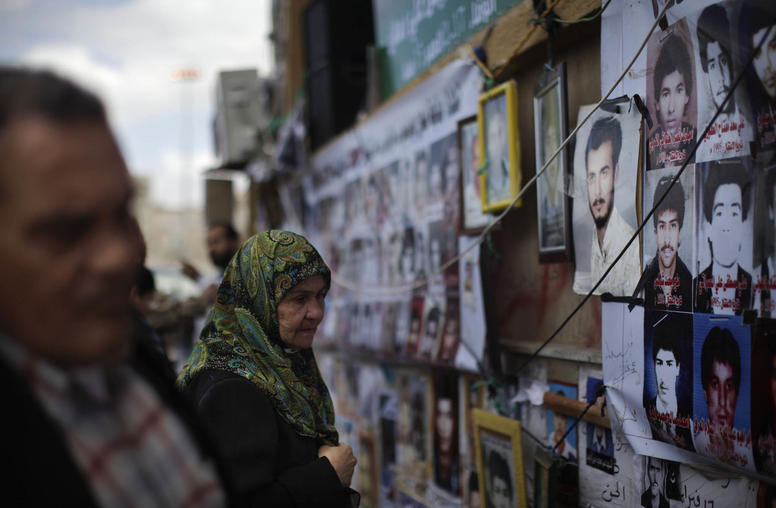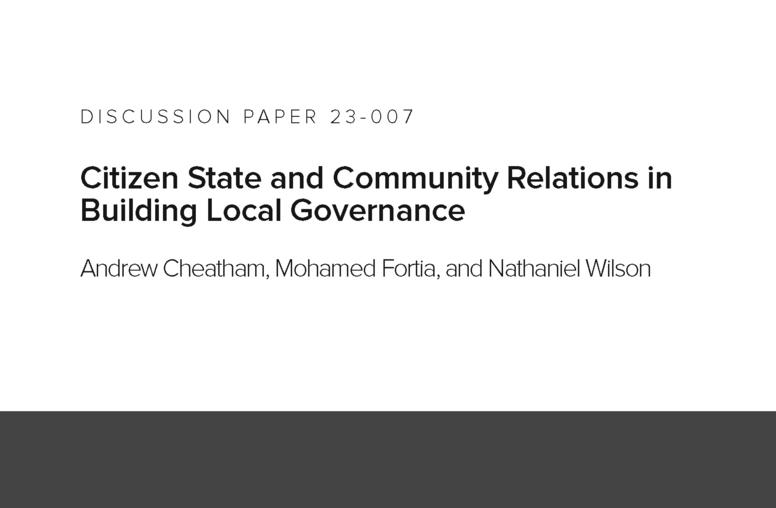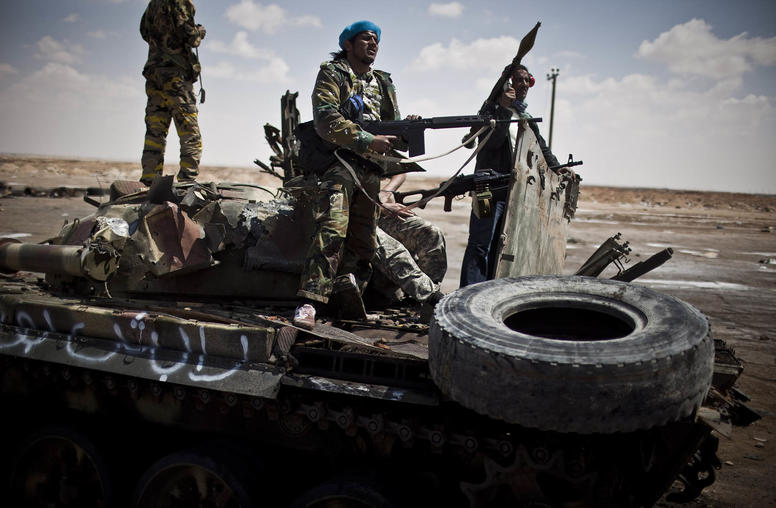Factional Conflict Leaves Libya Deadlocked
Amid stalemate outside Tripoli, U.N. peace talks falter as warring sides turn to outside actors for support.
In April 2019, Field Marshal Khalifa Haftar and his self-styled Libyan National Army launched an offensive to capture Tripoli from the U.N.-backed Government of National Accord seated there. Four months later, the result has been a virtual stalemate that has claimed over 1,000 lives. And while fighting on the ground is at a standstill, multiple regional actors continue providing air support and direct aid to either side. USIP’s Thomas Hill breaks down the current situation in Libya and the possibility for peace amid this deadly standoff.

The two sides have been stuck in a stalemate outside Tripoli for four months. Could this deadlocked situation convince Haftar or the U.N.-backed government to rethink their respective positions on a peaceful settlement?
At this point, it’s hard to imagine either side pushing for a political settlement. From Haftar’s position, he has staked his reputation—both with his international patrons and with the Libyan people—on his ability to deliver military victory. Anything short of that would be a failure and could lead to the collapse of his so-called Libyan National Army (LNA), which has shown signs of deep internal division in the past.
From the position of the Government of National Accord (GNA), a political settlement probably doesn’t seem optimal because there are signs the GNA and its allied militias might defeat the LNA on the battlefield. Why sue for peace when victory is possible? Or so the GNA thinking might go. With both the GNA and LNA factions focused on achieving a military solution, a peace settlement seems highly unlikely.
Back in May, you testified that the U.N.-led peace process had failed, damaging its capacity to facilitate an end to the conflict. In early August, the U.N. managed to get all sides to agree to a temporary cease-fire. Could this help reestablish the U.N. as a mediating force?
I believe the U.N.-negotiated cease-fire lasted all of 24 hours, so I don’t have a great deal of confidence in the U.N.’s ability to mediate this conflict. In the last four months, Libyans on social media have increasingly voiced their frustration with U.N. Special Representative Ghassan Salame and the U.N. Support Mission in Libya’s (UNSMIL) effort to end the conflict. It would be an overstatement to say that the current conflict is the result of the U.N.’s inability to negotiate a peace settlement—that’s not true. However, it is true that the U.N. has made mistakes and the UNSMIL mission has been severely hampered by its limited mandate. Additionally, you could argue that outside actors (e.g., the UAE, Egypt, Saudi Arabia, France, Qatar, and Turkey) have made the U.N.’s mission impossible.
At this point, I think the best option would be for France—a permanent member of the U.N. Security Council—to go back to the U.N. and request that UNSMIL be closed and a new U.N. mission be opened with an expanded mandate. The idea of an international peacekeeping force in Libya has been dismissed in the past, but I think the French, among others, should ask the U.N. to put that option back on the table for discussion.
What role have regional actors played in fueling the conflict? What’s at stake in Libya for these states?
At the end of the day, it’s the Libyan people who need to make the conscious decision to either fight or reconcile with one another. But there is no doubt the current conflict is being fueled and prolonged by the role of outside actors. Most recently, Turkey and the UAE have increased their interventions by providing advanced weapons systems like drones. But Turkey and the UAE are not the only outside actors playing a significant role in the Libyan conflict. France, Italy, Egypt, Qatar, Saudi Arabia, and Russia all continue to engage in unhelpful ways.
It would be an oversimplification to say that these countries are divided into two camps with perfectly aligned goals and objectives. They have overlapping and competing interests, but each outside actor is attempting to advance its own narrow self-interest. What brings these countries into the conflict ranges from incompatible political and religious ideologies, to regional hegemonic ambitions, to access to Libya’s natural resources, to ancient European rivalries, to concerns about terrorist threats, to antidemocratic sentiment, and so on and so forth. It’s hard to see how these countries disengage without pressure from a nonaligned actor like the U.S., which has relationships to leverage with each of these nations.


